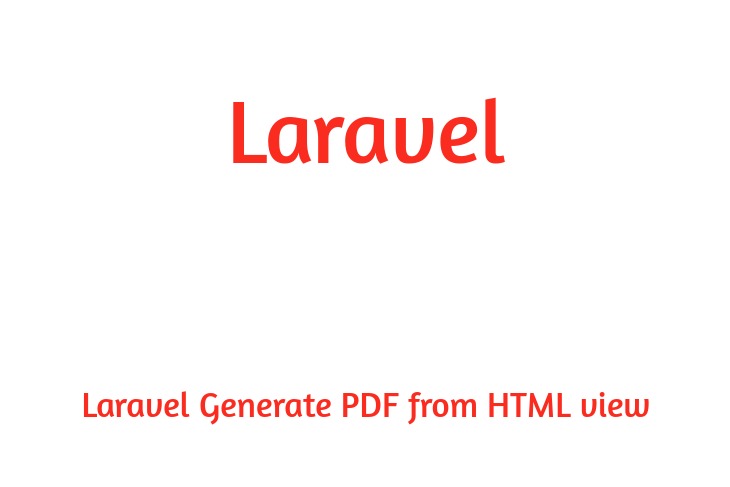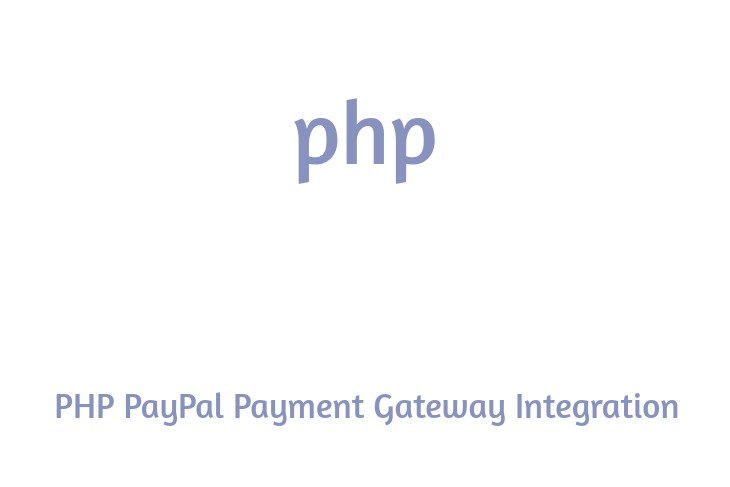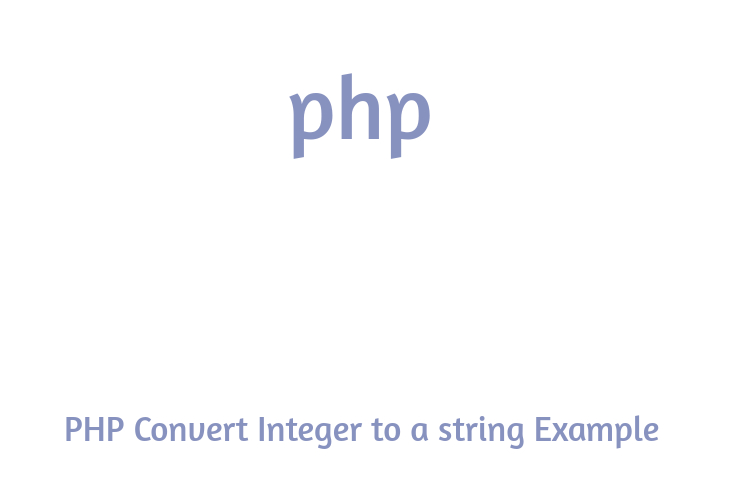Hello Dev.
nowadays we can see how to make cURL HTTPs request in your laravel 8 app. in this article i can give you laravel 8 cURL HTTP request example.
The name stands for "Client URL". cURL is a command-line tool for getting or sending data including file the usage of URL syntax. cURL supports HTTPS and performs SSL certificate verification by default whilst a secure protocol is specified such a includes HTTPS.
Many time you need to integrate any third party APIs for your laravel application your can achieved this with cURL or HTTP guzzle request. cURL is quite simple and now not take much more time make GET or POST HTTP APIs request.
So, let's start to implement GET and POST HTTP Request.
GET Request Example
$curl = curl_init();
curl_setopt_array($curl, array(
CURLOPT_URL => "https://example.com",
CURLOPT_RETURNTRANSFER => true,
CURLOPT_ENCODING => "",
CURLOPT_TIMEOUT => 30000,
CURLOPT_HTTP_VERSION => CURL_HTTP_VERSION_1_1,
CURLOPT_CUSTOMREQUEST => "GET",
CURLOPT_HTTPHEADER => array(
// Set Here Your Requesred Headers
'Content-Type: application/json',
),
));
$response = curl_exec($curl);
$err = curl_error($curl);
curl_close($curl);
if ($err) {
echo "cURL Error #:" . $err;
} else {
print_r(json_decode($response));
}
POST Request Example
// Make Post Fields Array
$data = [
'name' => 'websolutionstuff',
'email' => '[email protected]',
];
$curl = curl_init();
curl_setopt_array($curl, array(
CURLOPT_URL => "https://example.com",
CURLOPT_RETURNTRANSFER => true,
CURLOPT_ENCODING => "",
CURLOPT_MAXREDIRS => 10,
CURLOPT_TIMEOUT => 30000,
CURLOPT_HTTP_VERSION => CURL_HTTP_VERSION_1_1,
CURLOPT_CUSTOMREQUEST => "POST",
CURLOPT_POSTFIELDS => json_encode($data),
CURLOPT_HTTPHEADER => array(
// Set here requred headers
"accept: */*",
"accept-language: en-US,en;q=0.8",
"content-type: application/json",
),
));
$response = curl_exec($curl);
$err = curl_error($curl);
curl_close($curl);
if ($err) {
echo "cURL Error #:" . $err;
} else {
print_r(json_decode($response));
}
i'm hoping it assist you to, thanks for visit my article if you like my article then proportion together with your friend and social platform.


